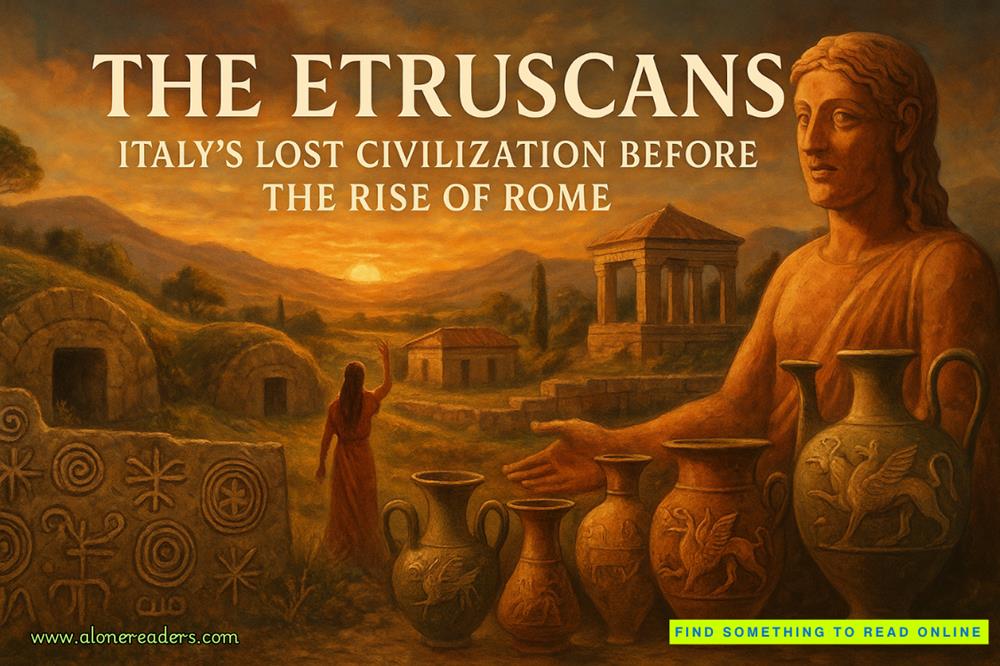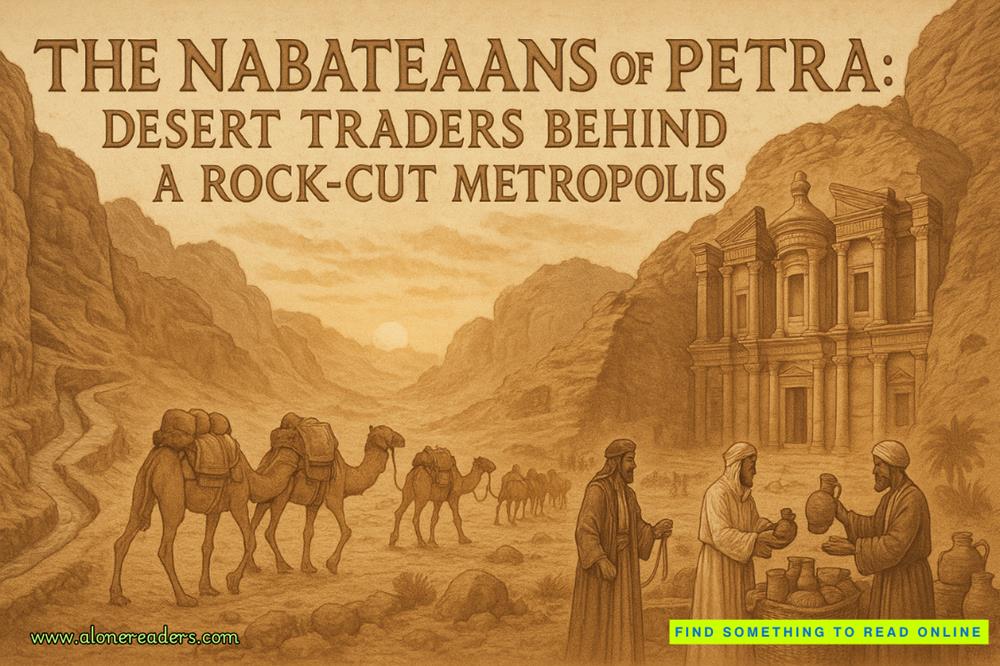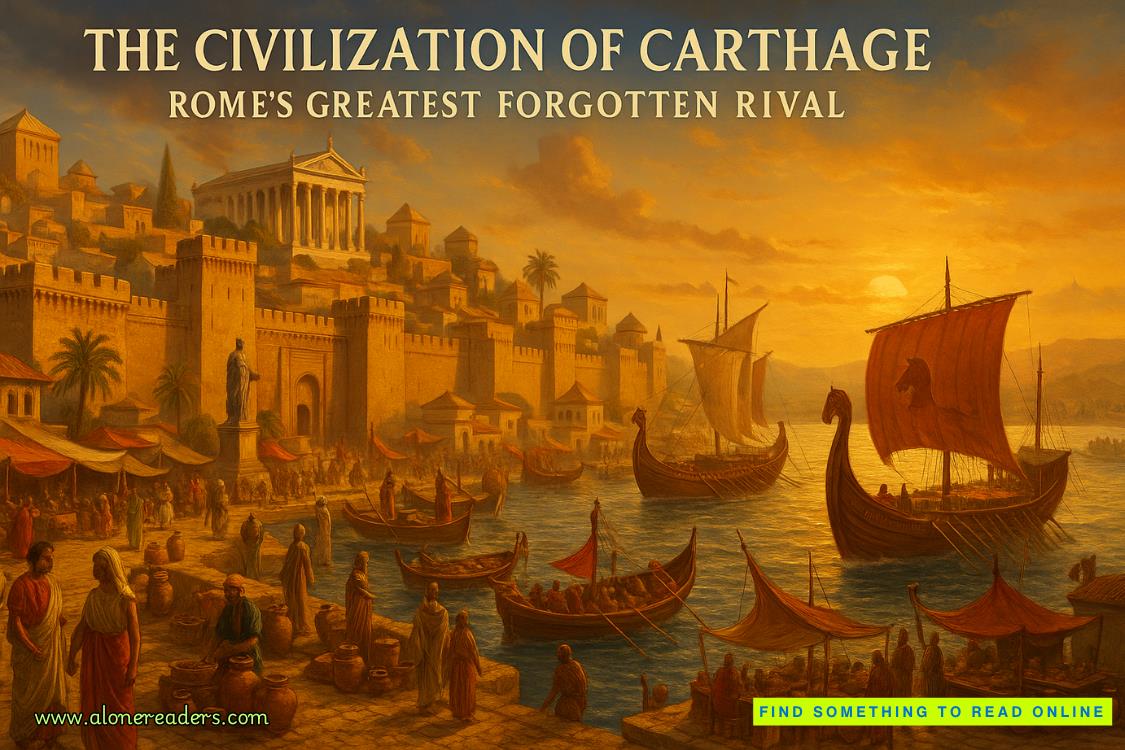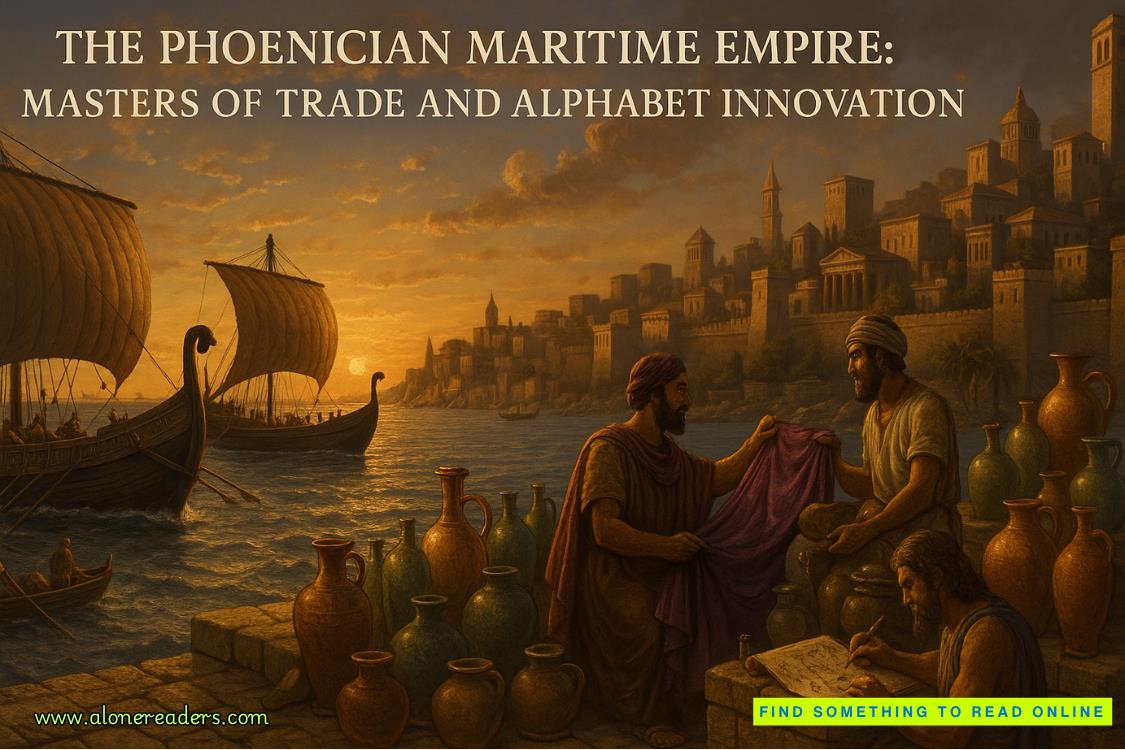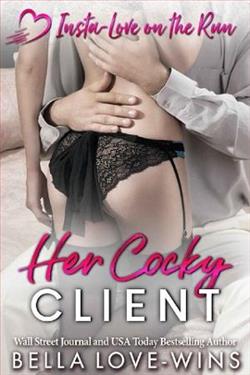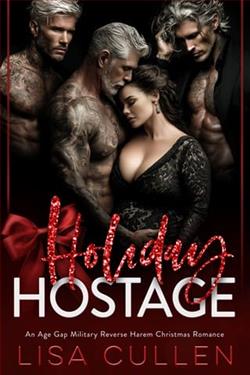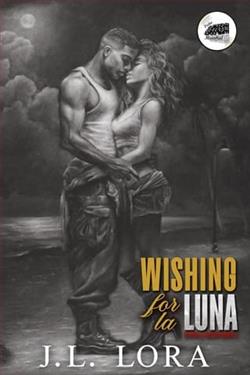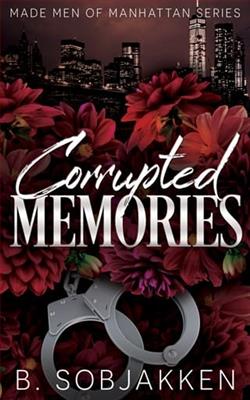Page 4 of Marble Hall Murders
‘An anagramp,’ I said.
‘I’m sorry?’
It was a private joke. I didn’t explain.
Thoughts
Alan Conway didn’t enjoy writing murder mysteries, so he amused himself by playing games with his readers. He hid things in his books: puzzles within puzzles. The mention of Lady Chalfont had reminded me that, for no good reason, all the characters inGin & Cyanidewere named after London Underground stations. Lady Chalfont herself had come from Chalfont and Latimer on the Metropolitan line, and there had also been a butler called Hillingdon, Adam and Artemis Perivale – two socialites – and a Detective Inspector Stockwell. I was surprised he hadn’t thrown in Lord Edgware for good measure.
And then there were the word games: the acrostics, the anagrams, the cryptograms, the codes. These had the effect of deconstructing the books, so that instead of focusing your attention on the characters and the plot, you were invited to consider the very building blocks he used, the letters on the page. This was one of the reasons why my time as Alan’s editor was so difficult. I might ask him to take out an extraneous detail or reorganise a sentence because it didn’t landcomfortably on the ear and he would explode in anger. Over time, I came to realise that there were secrets in the book and although no reader would ever be aware of them, I was spoiling his fun.
Charles Clover, the CEO of Cloverleaf Books and the editor of Alan’s last four books, had first-hand experience of this when he was publishingMagpie Murders. The two of them were having dinner at the Ivy restaurant when Charles referred to Alan’s latest novel as ‘The Magpie Murders’. Alan had hit the roof. The title was ‘MAGPIE MURDERS’, he yelled. There was no THE involved. It was only later that we discovered the titles of all nine Atticus Pünd novels had been deliberately chosen so the first letters would form an acrostic.Atticus Pünd Investigates,No Rest for the Wicked,Atticus Pünd Takes the Case,Night Comes Calling– and so on. What they spelled out was AN ANAGRAM.
Not an anagramp.
By adding a tenth title,Pünd’s Last Case, Eliot Crace had spoiled Alan’s joke.
I went straight back to Crouch End after my meeting with Michael Flynn. He had offered me lunch, but I had nothing else to say to him and wanted some time on my own. I had the typescript with me, although I wasn’t ready to read it. In fact, as much as I needed the money, I didn’t want to do this job at all.
To begin with, I had no love of continuation novels. Even the name put me off. There can be historical novels, romances, science fiction stories. All of these give you an idea of the authors’ interests and what inspires them. But who wants just to continue? What exactly is the point?
I remember when the trend began – and perhaps it wasSebastian Faulks who lit the blue touchpaper. His Bond novel was a big success, but suddenly it felt as if every publisher was trying to connect a well-known author with a much-loved character in the hope of a quick profit. I remember someone trying to pitch me Val McDermid doing a sequel toDr Jekyll and Mr Hyde. She hadn’t ever been approached, though if she had been interested, I suppose I would have gone along with it because I would have loved to work with her – but otherwise my views hadn’t changed. Take the originality out of fiction and what’s left?
My reservations aboutPünd’s Last Casewent much further than that.
Alan Conway had been nothing but trouble for me almost from the day we met. I’d thought his books were entertainments, but it turned out they were more like dangerous weapons, loaded with malevolence and launched to cause maximum damage.
Take his habit of putting people he knew into his stories. Lots of writers do that. Charles Dickens drew many of his most famous characters – Bill Sikes, Mr Micawber, Fagin, Scrooge and others – from real life. But Alan deliberately set out to distort and caricature those closest to him. His sister became a jealous spinster, his boyfriend an idiot, one of his students a paedophile gardener. It was an ugly thing to do and, in the end, it led to real tragedy: to the disappearance and death of Cecily Treherne, who had recognised the identity of the killer concealed inAtticus Pünd Takes the Case. Twice, I had been called in to pick up the pieces and, on both occasions, had come close to being killed myself. I was in no mood to try my luck a third time.
It wasn’t as if I’d come out of all this unscathed. I’d lost my livelihood when the business had burned down with me inside it. My eyesight had been permanently damaged to the extent that reading, always my greatest pleasure, now had to be rationed to one-hour doses. Worse than that, the whole of the London publishing scene had turned its back on me once Charles Clover had been identified as the killer. There was a feeling that Alan had got only what he deserved, but it was thanks to me that a successful indie had gone out of business, with its CEO ending up in jail. I no longer had a job, nobody wanted to employ me and I’d had little choice but to sell my flat and move to Crete, an adventure that hadn’t ended happily either.
In the long run, I would have been much better off if I had never heard of Alan Conway, and if I had any sense at all, I would have nothing more to do with him. It seemed almost unbelievable that Michael Flynn should have thought up this new novel in the first place and that he was attempting to foist it on me. It was like one of those horror films that come with a number six or seven after the title, where the leading lady, despite having changed her name, gone through therapy and moved to the other side of the world, still finds herself being chased along the corridors by the same maniac with the black robes, the disfigured face and the fifteen-inch kitchen knife.
So why was the typescript sitting on my kitchen table? Why had I even taken it with me from Causton Books? The answer to that was all around me. I had saddled myself with a mortgage that needed to be paid off each month and even the chair I was sitting on had put a strain on my credit card. Quite simply, I needed the money – and more than that,Causton Books was the one place in town that might offer me a permanent, senior job. Michael Flynn had said he was open to negotiation. Turn him down and I’d have nothing to negotiate with.
I hadn’t even looked at it while I was on the tube train, but finally I allowed my eyes to settle on the title and my first thought was that it would have to change. In every title of the series so far, the main character had appeared either as Atticus or Atticus Pünd. Pünd felt too abrupt on its own. It didn’t work. I also wondered if his fans would want to follow him round the South of France while he was in the last throes of terminal cancer. Anyway, Michael had said that he was commissioning three new books, meaning that he was expecting Eliot Crace to come up with at least two more cases after this one. By the time he got to the third in his series, poor Atticus would be on his back, attached to a saline drip.
It was two o’clock in the afternoon, far too early for alcohol, but I went to the fridge and poured myself a glass of wine, adding a plate of cottage cheese and salad to reassure myself that it was just a late lunch. The cat appeared the moment the fridge door opened and began to rub itself against my leg, much to my annoyance. A woman in her fifties living alone in a cosy ground-floor flat is perfectly fine, but the moment you add a cat, it somehow turns into a cliché. I bit into a stick of celery, grimacing at the creature at the same time.
I thought about Eliot Crace. I had to admit that choosing him had been a smart decision on Michael’s part.
Eliot was the grandson of one of the UK’s most successful authors, a worldwide phenomenon who dwarfed even Alan Conway. Miriam Crace had never written detective fiction,but that was what Michael wanted: the famous name without the comparisons. The last thing he’d want to hear was ‘Not as good as Granny.’
Miriam was a children’s author who had produced sixty-three books during a career that had spanned about as many years. She was the author ofThe Little People, a fantasy about an ordinary family of do-gooders who were only two inches tall (in later editions this was changed to five centimetres, much to her dismay). At one stage, it was estimated that 95 per cent of homes in the UK had at least one of her books on the shelves and 40 per cent had ten or more. She had sold an astonishing billion copies worldwide – not quite putting her in theGuinness World Recordsbut certainly outselling it – and had made the word ‘little’ comprehensible in forty-seven languages. Miriam had insisted that the family’s name should not be translated. So there was neverLes Petits GensorDe Små Menneskene. About half the children on the planet had grown up with Grandpa Little, Grandma Little, Mr and Mrs Little, Harry, Jack, Jasmine and Rose Little … and, in the late nineties, Karim and Njinga Little, who had both been adopted.
Although she was a much-loved public figure, a household name, very little was known about Miriam Crace as far as her private life was concerned. She had been the subject of two biographies, but she had worked closely with the authors and the one I’d skimmed through had portrayed her as nothing less than a saint. There had also been a third, unauthorised biography commissioned by HarperCollins that had hinted at darker things, but the Crace Estate, working with a ferocious team of lawyers, had threatened to sue both the authorand the publisher and the book had been withdrawn before it got anywhere near the shelves.
Miriam had given interviews reluctantly and only when she was promoting a new book or raising awareness for the two charities she supported: the St Ambrose Children’s Home and Orphanage in Salisbury and the Miriam Crace Libraries Trust. She came from a religious background – her father had been a deacon in the Catholic Church – and she kept her faith throughout her life. This may have been the reason why she never divorced her husband, Kenneth Rivers. (Like Margaret Chalfont, she had never taken her husband’s name, but more peculiarly had insisted that her children should follow suit.) There had always been rumours that her marriage was not an entirely happy one and, sure enough, the couple did separate for a year. In 1955, she had a nervous breakdown – caused by overwork, according to her biographers – and spent six months recharging her batteries in a private clinic in Lausanne. It was on her return to England, the same year, that she had bought Marble Hall, near Devizes, along with fifty acres of Wiltshire countryside. At the time of her death, forty-eight years later, she was still living there with Kenneth, her two sons and their wives, and four grandchildren. Marble Hall was now open to the public.
Today, she was still a major force in publishing, selling millions of books a year, much to the annoyance of many living writers who felt she’d had more than a fair innings. The Miriam Crace Estate continued to be a full-time business, managed by her elder son, Jonathan Crace, who was of course related to my new author. He was Eliot’s uncle.The Little Peoplehad been turned into graphic novels, a cartoonseries on ITV, a hugely popular musical at the Bridge Theatre, three feature films, a ride at Universal Studios and a vast range of merchandise that included stationery, stuffed toys, biscuit tins, board games, computer games, clocks, calendars and children’s clothes. It had recently been announced that Netflix had agreed a deal for two hundred million dollars for the TV rights and were planning a major new drama series to run for five seasons. It was Jonathan Crace who had negotiated the deal.
And what of Eliot Crace?
I’d seen him two or three times when he came into Cloverleaf Books and I remembered him as a very handsome, angelic young man, with long fair hair and an elfin face. He had all the charm and self-confidence that comes with a private education and a wealthy upbringing, although, unfortunately, they had arrived with a measure of arrogance too. He always seemed to be in a hurry, talking too fast, flitting from subject to subject, lurching out of his chair and over to the nearest open window to light a cigarette.
As I’d told Michael, it was Charles Clover who had discovered him and who looked after the two detective stories he wrote for us. But I’d been understating it when I’d said they hadn’t done well. They’d barely sold at all. Eliot wasn’t a bad writer, but he’d been unwise in his choice of detective: a time-travelling alchemist from the court of Queen Elizabeth I let loose on the twenty-first century. His books had fallen between too many stools. I wasn’t sure if they were adult or teenage fiction, real or fantastical, to be taken seriously or to be laughed at – and the book-buying public obviously couldn’t decide either. Charles had worked withEliot’s uncle and had known Eliot since he was a child, so he was particularly upset when I put my foot down and refused to go ahead with a third Dr Gee mystery. But it had made no sense to publish books that nobody wanted and anyway, Eliot was a liability: high on drugs, drink, parties and antidepressants that seemed to be working too well. Charles was sure that Eliot would succeed as a writer once he grew up and he insisted that the door would always be open at Cloverleaf Books. But Eliot never came back.
Until now. I wondered how Michael Flynn had got hold of him and how he’d had the idea in the first place. Suddenly, I regretted not staying for lunch.
